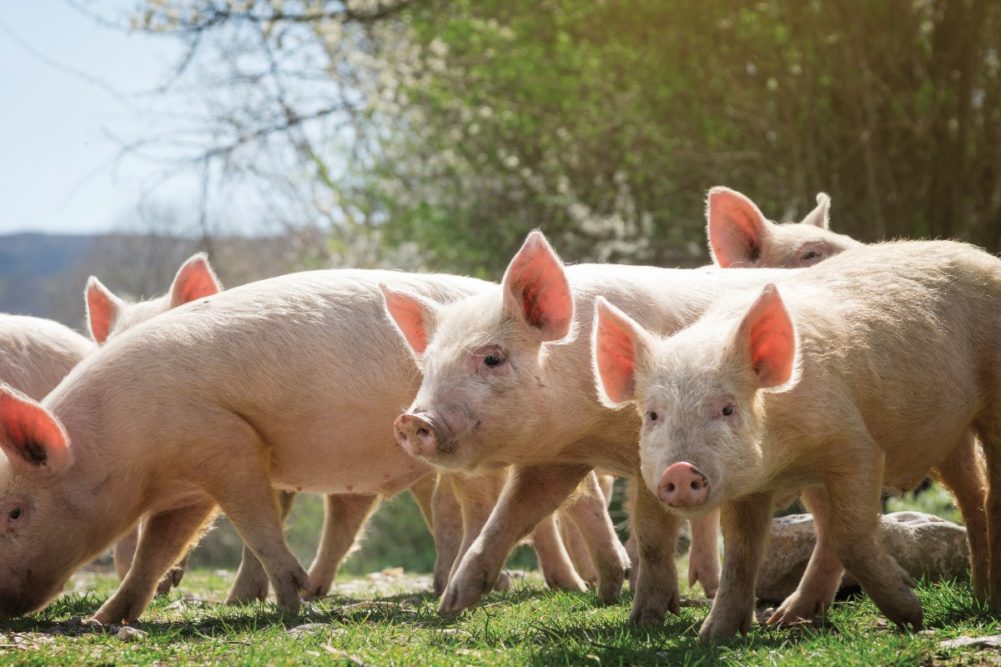UTRECHT, NETHERLANDS — As inflation outpaces wage growth, pork producers are treading cautiously with supply sizes despite current demand for pork products, according to Rabobank’s fourth quarter RaboResearch report.
Producers have built up inventories for the expected rebound due to holiday demand. However, supply for 2023 is expected to remain flat.
With herd health challenges and the spread of African swine fever (ASF), producers are wary to invest in future growth.
Asia has been successful in rebuilding its herd size, but current demand has not supported its aggressive efforts, Rabobank noted. Pork production in Europe is expected to drop by 4% to 5%, with the greatest drops occurring in Poland, Germany, Denmark and the United Kingdom. In 2023, Brazil is the only country expected to expand its herd size.
Feed costs are another concern. After tight harvests in the United States, Asia and parts of Europe, feed costs remain at near record highs. Rabobank predicts that the acreage of corn and soybeans being planted in the Southern Hemisphere could help ease the strain in 2023 but not eliminate it.
“With few prospects for cost relief and limited visibility around the strength of consumer demand given the challenging economic environment in 2023, producers have scaled back plans to add to their herds,” said Christine McCracken, senior analyst — Animal Protein at Rabobank. “Global production is expected to fall 2% in 2022 and see almost no material growth in 2023, with production in key growing regions significantly lower.”
Trade prospects appear steady. Spain and the Netherlands show strong export interest, particularly in Asian markets. Canada’s export sales have improved, with higher exports to the Philippines and South Korea displacing exports to Mexico and parts of Latin America.
In the United States, pork exports were down 3.4% in volume in August but up 2.4% in value. While exports to Japan lessened, a jump in shipments to China, Hong Kong and South Korea helped offset the loss. Imports remain steady, with two-thirds supplied by Canada.
Mexico strengthened its pork exports in July, rising 13% compared to last year. Its imports remained steady, with the United States supplying 78% of total imports.
During the first eight months of 2022, China has decreased pork imports by 52% compared to the previous year.
“Efforts to stabilize production in some regions have been slow due to productivity challenges and consumer uncertainty, resulting in improved trade prospects for 2023,” McCracken said. “Moreover, recent price setbacks and government interventions to stabilize food prices could work to strengthen demand.”


